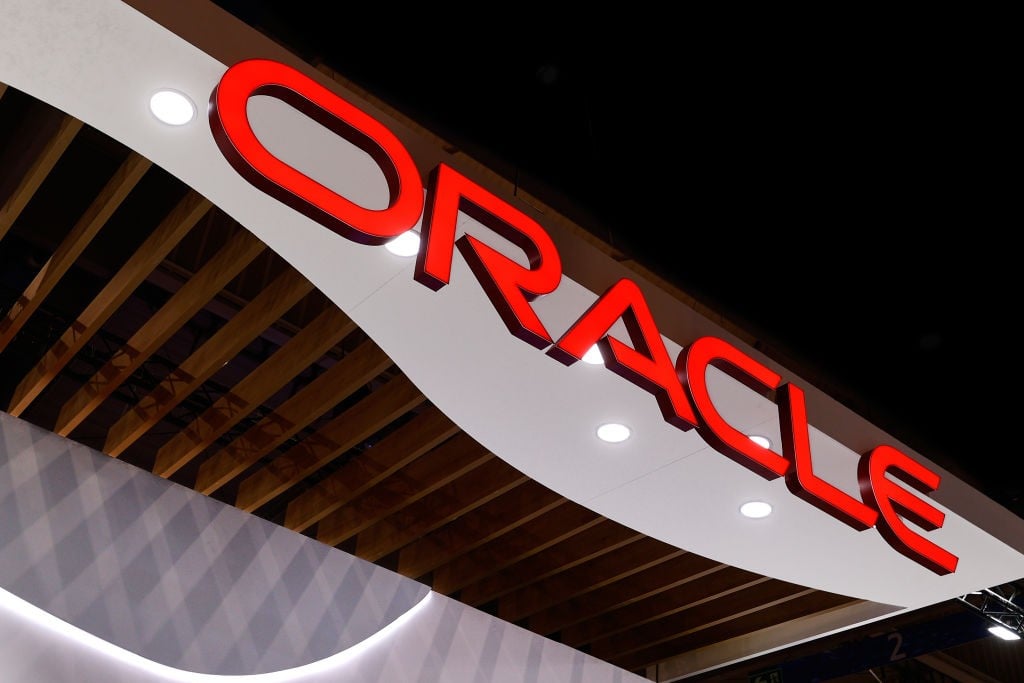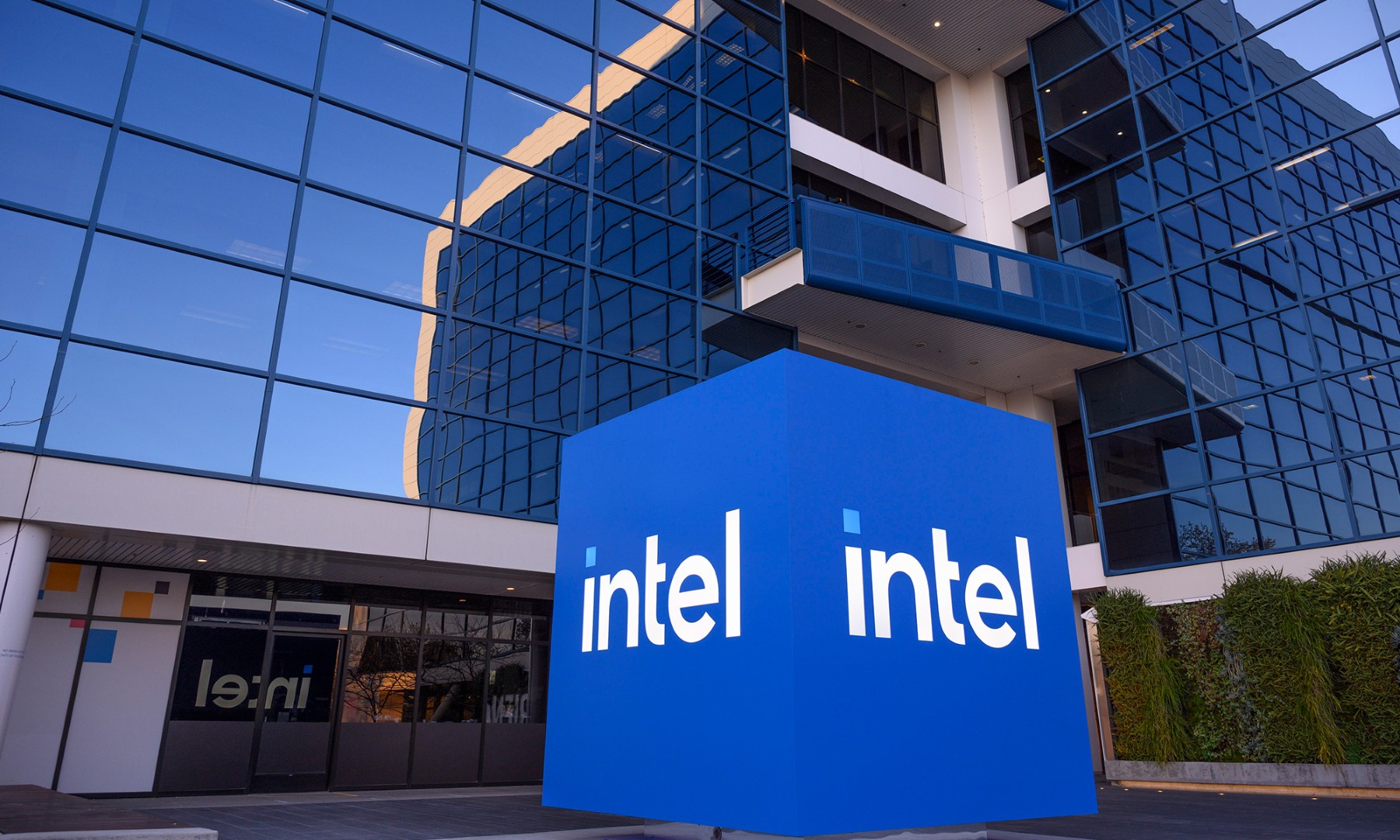
Image source: Jawbone.
After more than a decade in existence, Jawbone has gone through 11 investing rounds, with the total amount raised reaching $983 million.
The company got its start developing noise-canceling devices for the military, under the name Aliph, but quickly switched over to the consumer market. Since its inception, Jawbone has gone through many changes, including switching its primary focus from its headphones to speakers, and finally to wearables. But the one thing that's remained constant is Jawbone's ability to get investors to open up their wallets.
Jawbone's early investment history
In July 2007, Khosla Ventures made a $5 million investment in the company, Jawbone's first major investment win after its initial seed money. At the time, the company was focused on Bluetooth headsets with special noise-canceling capabilities. And their popularity was just taking off, with AT&T, Best Buy and even Apple selling its product in their stores. Just a year later, Jawbone pulled in $30 million from Sequoia Capital.
Then in 2011, the company officially changed its name from Aliph to Jawbone, and received another round of funding, this time for $9 million from Andreessen Howoritz. The Wall Street Journal noted that while it was the first time Andreessen Howoritz invested in Jawbone, its founders, Marc Andreessen and Ben Horowitz, had invested personally in the company a few years before.
That same year, another $70 million came from unnamed investors represented by JP Morgan. At this time, Jawbone's products were being sold in 28 countries and it had just introduced its first version of the Up wristband.
Shortly after its release, users began reporting problems with the device. Jawbone acted quickly and said it would buy back devices from unhappy customers and stopped shipments of new ones until the problem was fixed.
A few months later, Kleiner Perkins Caufield & Byers, Deutsche Telekom, and private investor Yuri Milner gave the company another $40 million.
A valuable start-up keeps growing
In 2011, Jawbone co-founder and CEO Hosain Rahman made an eerily prescient statement to TechCrunch on how fast the tech world can change. Speaking about BlackBerry's decline, he said, "It's amazing how fast the rise and fall of companies in this space has been." Jawbone's valuation at the time was about $1.5 billion, which later peaked at $3 billion in 2015, and has now fallen back to $1.5 billion (more on that later).
In 2012, Jawbone was flying high, with Fast Company giving it the No. 18 spot of the top 100 most valuable start-ups in the world. Farhad Manjoo, a prolific tech writer (writing for Fast Company at the time) said, "Jawbone is proof that the Steve Jobs playbook can work outside of Apple."
That year Jawbone grabbed another $64 million from an unknown investor; $20 million in 2013 from Andreessen Horowitz, Kleiner Perkins, Khosla Ventures, and Sequoia Capital; and an additional $93 million in debt financing.
It was during this time that Jawbone began facing increased competition in the wearables space, namely from Nike's Fuelband and devices from Fitbit.
Data from CrunchBase notes that Jawbone had another private equity round of funding in 2014 for $174 million, though no investors were listed. Then in 2015, the asset management company BlackRock gave Jawbone a $300 million loan. As Bloomberg View reported, it's notably different than receiving a cash infusion. If for some reason Jawbone went up for sale, money from a deal would have to be paid to BlackRock first, before going to investors.
Jawbone grabs more money but loses valuation
In Jawbone's latest round of funding, completed in January 2016, the company received $165 million mainly from the Kuwait Investment Authority. The bad news for Jawbone is that after years of raising nearly $1 billion in funding, the company is now valued at $1.5 billion (down from its high of $3 billion last year) -- putting it back to its 2011 valuation.
This latest round of Jawbone funding is what's known as a down round, in which a private company receives more investor funding but at a lower valuation that the previous round. This can happen if investors perceive the company to be worth less than before because it failed to meet revenue goals, an influx of competition has hit the market, management has failed to meet investor goals, or a number of other reasons. Jawbone never specified why its valuation had fallen. But as a New York Times article mentioned earlier this year, "Down rounds are increasing as Silicon Valley sobers up somewhat after a frothy period."
The company recently announced that it's focusing its attention on medical-grade wearables, which adds to the numerous times the company has shifted its focus to new endeavors in an effort to become profitable (it still isn't). The company is also reportedly looking for a buyer for its speaker business.
It's hard to know where Jawbone goes from here, but if there's one thing that's clear, it's that the company knows how to get investors to keep giving it money despite its direction -- for better or worse.








